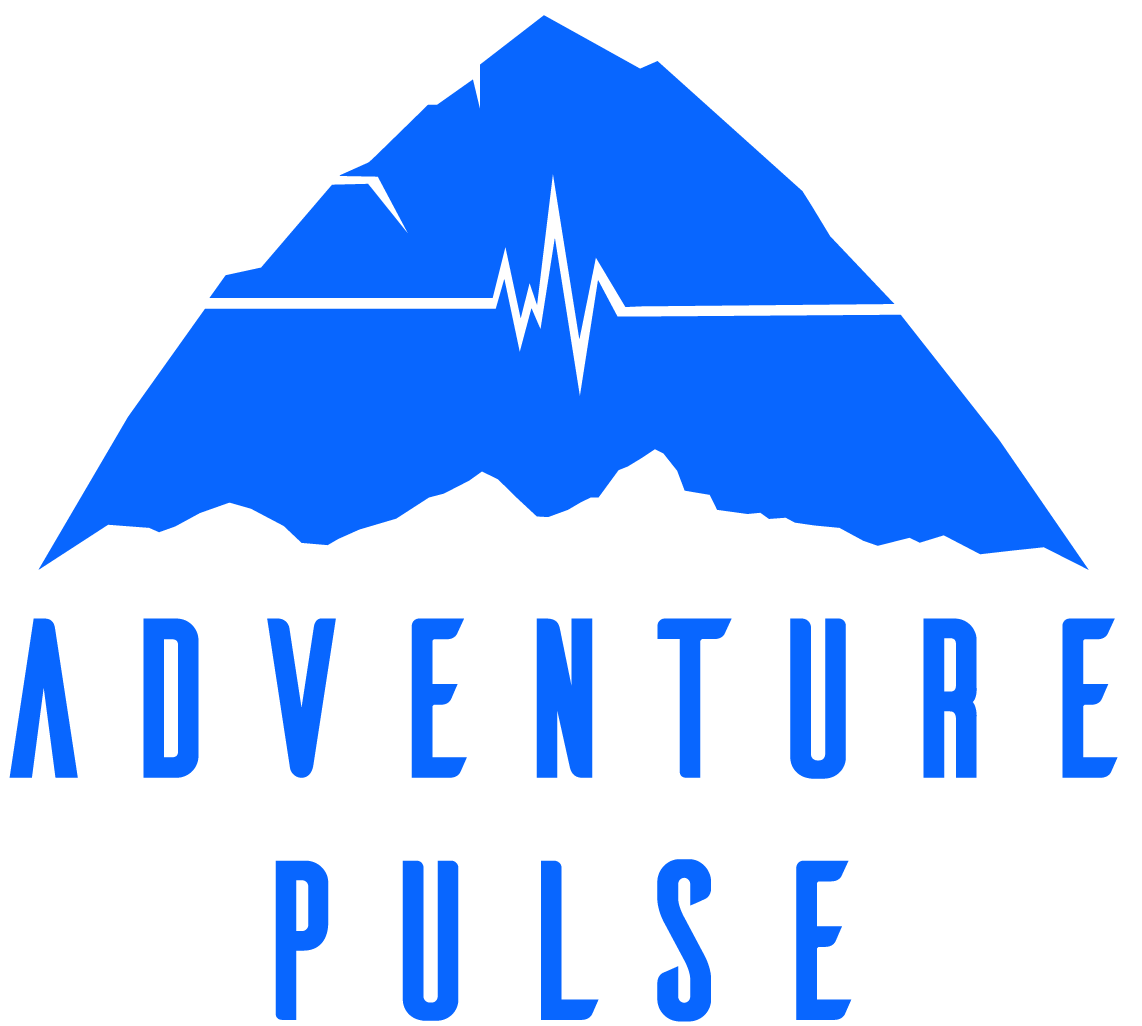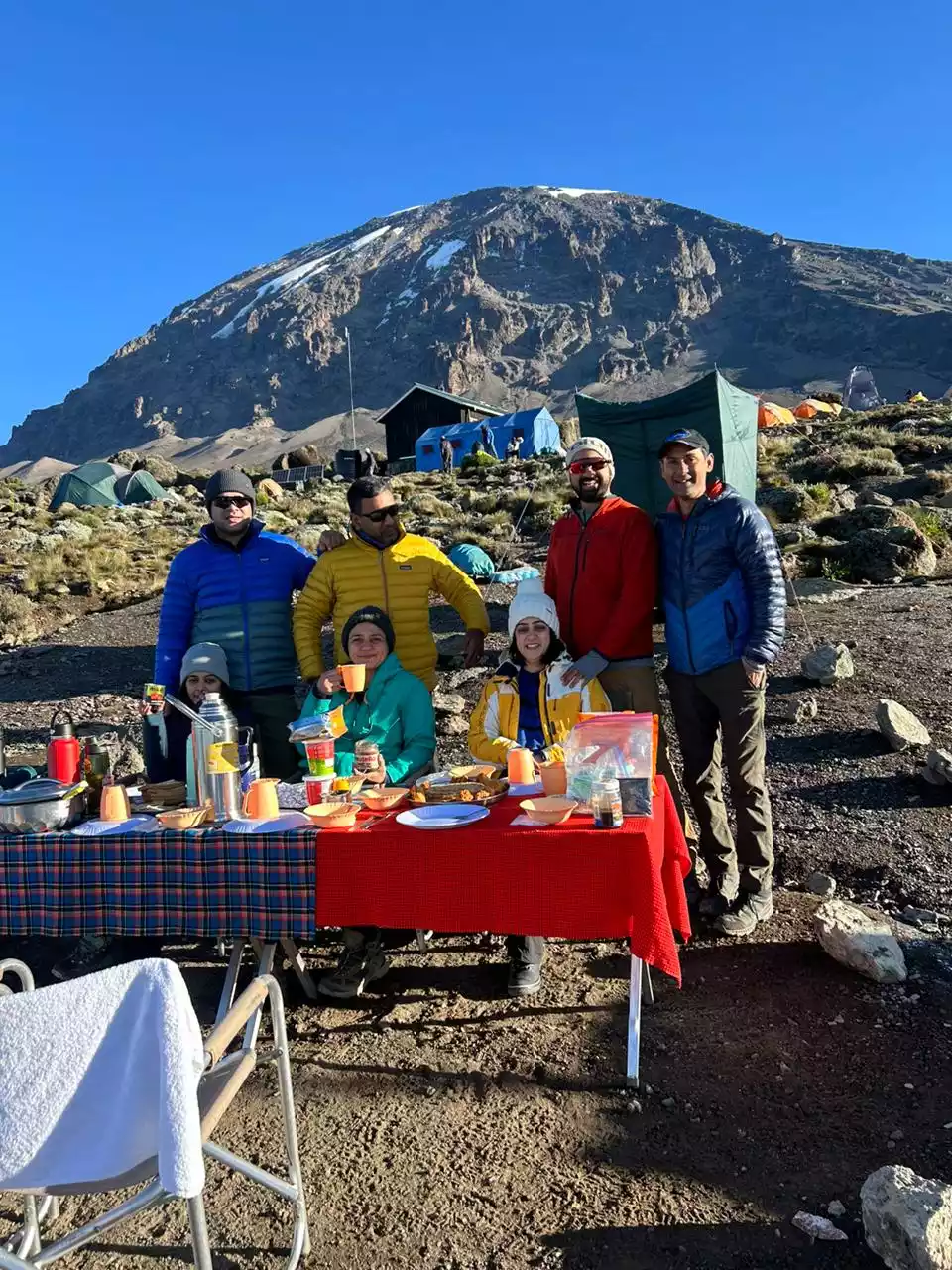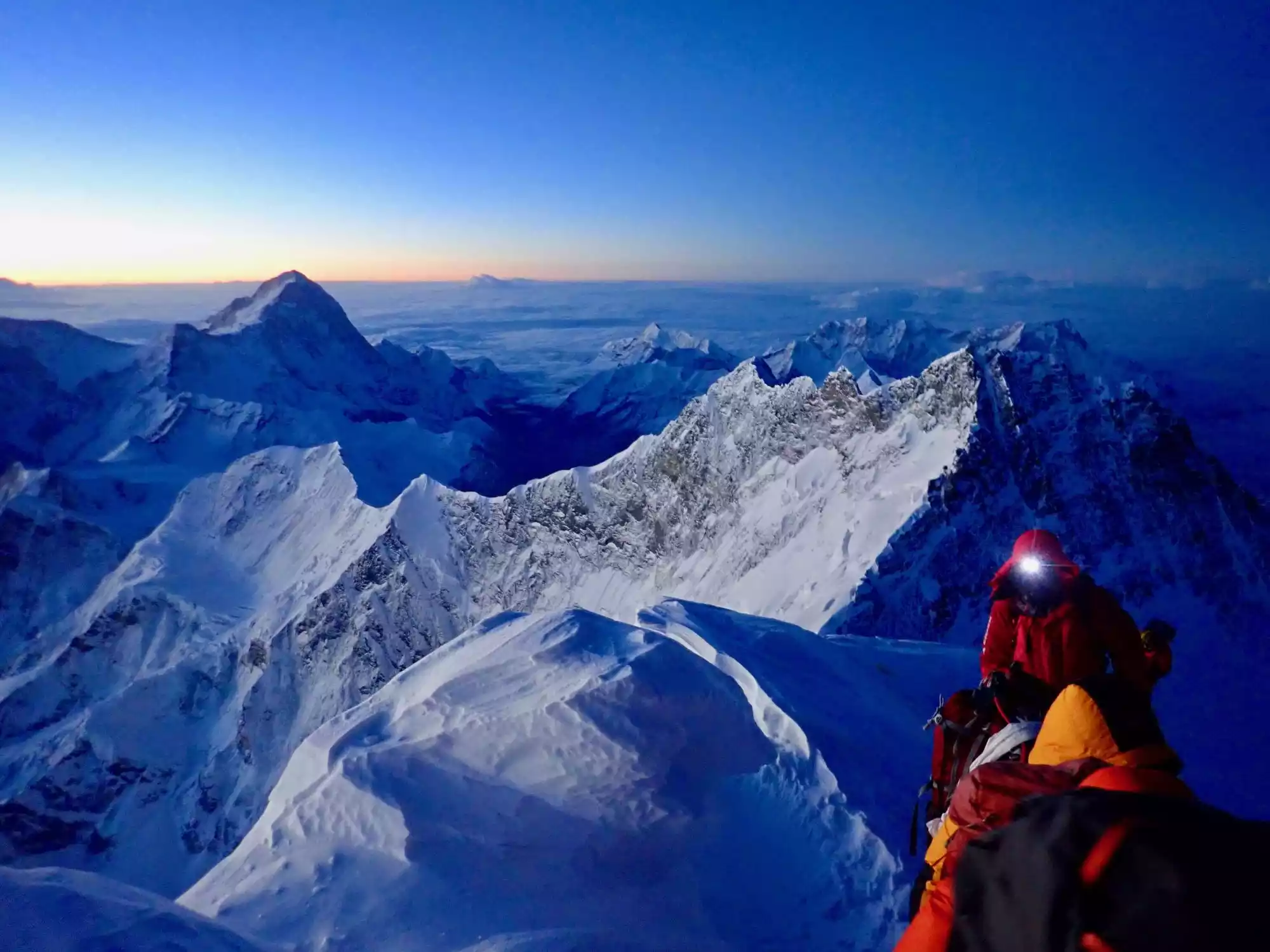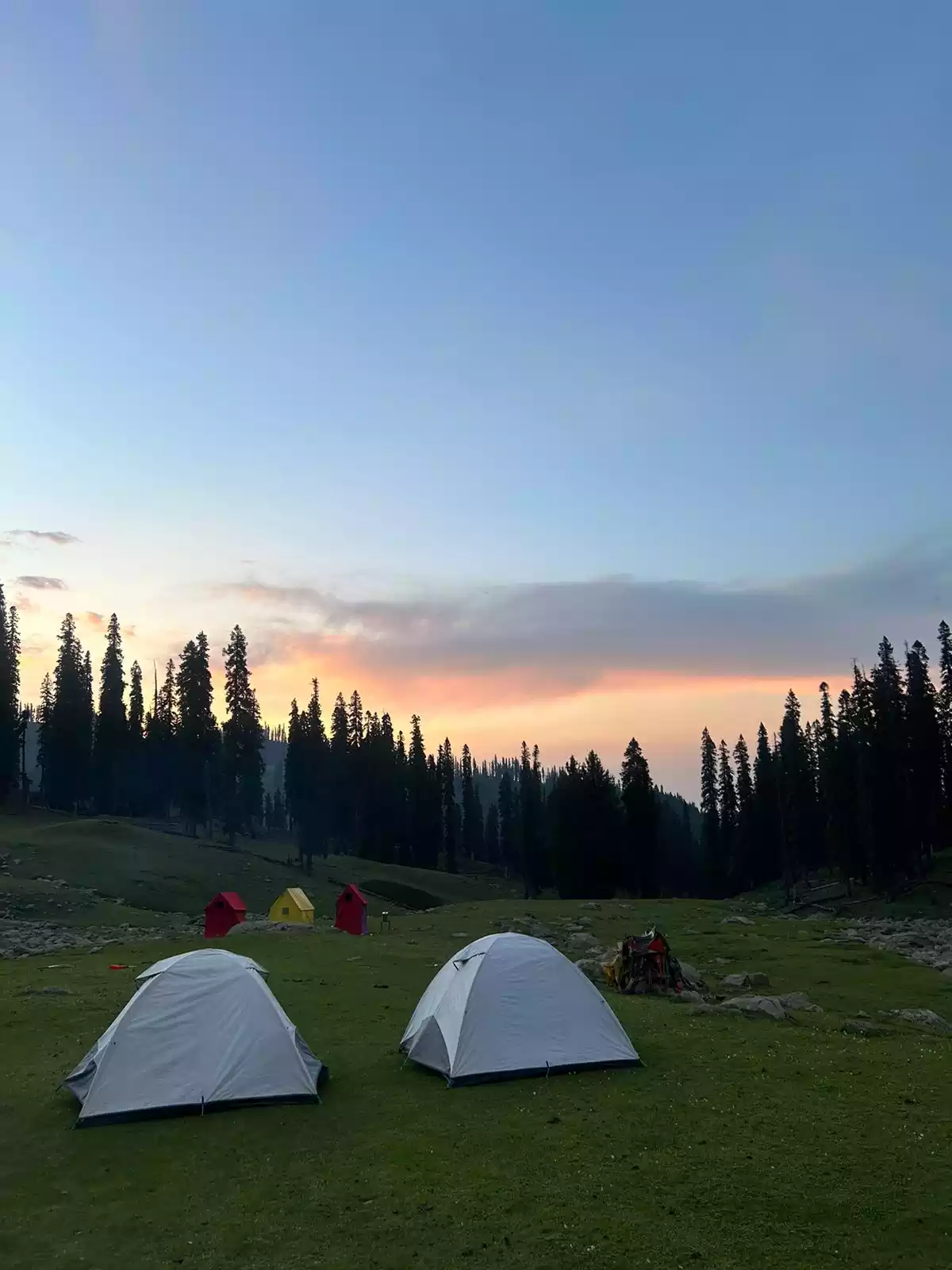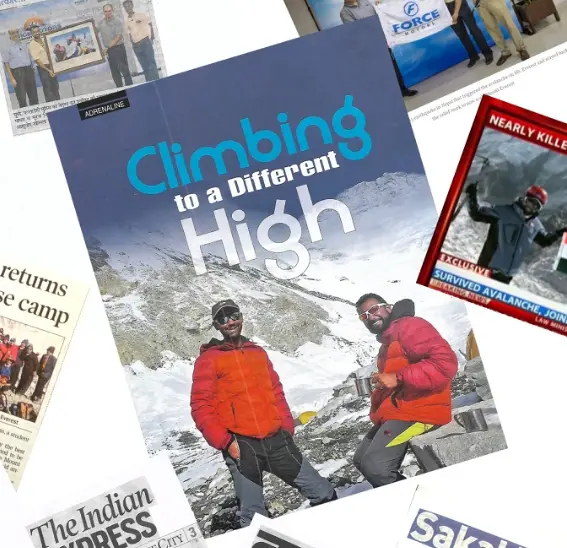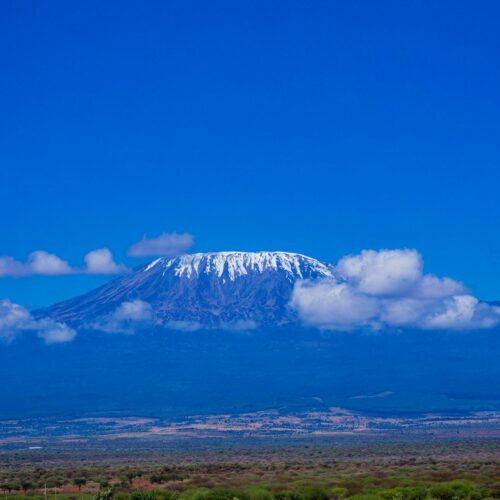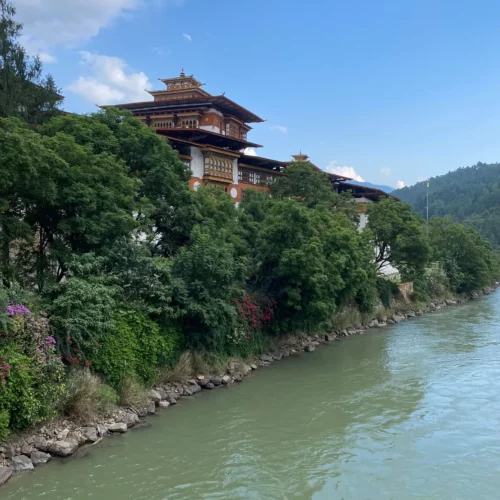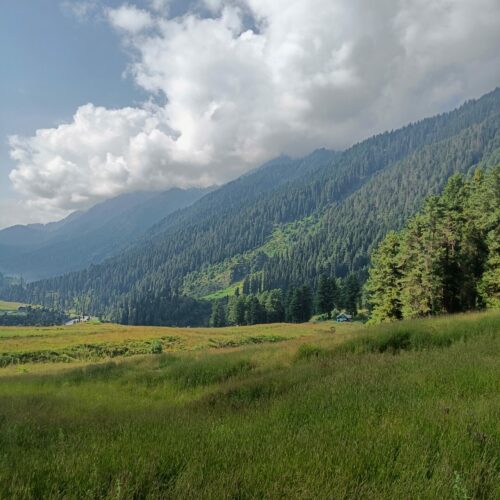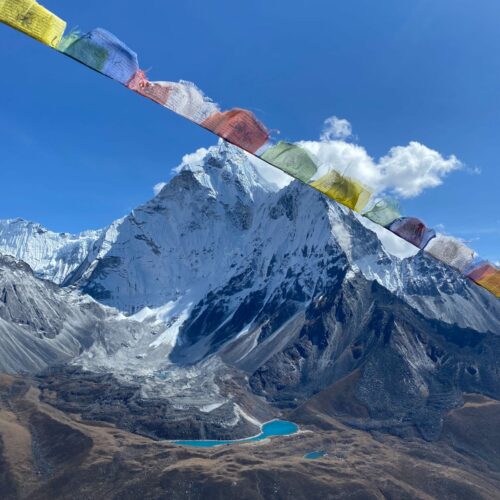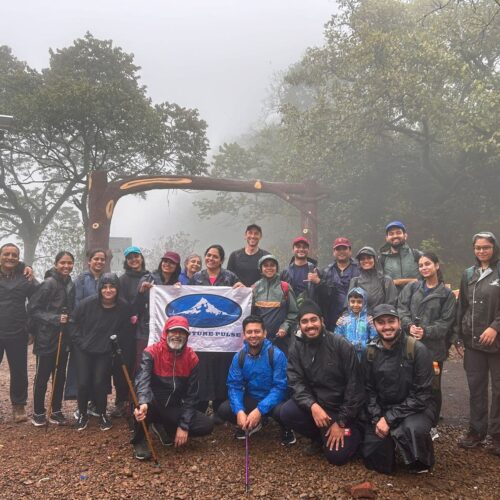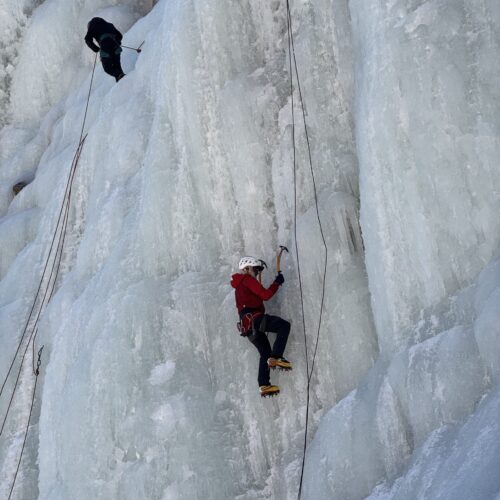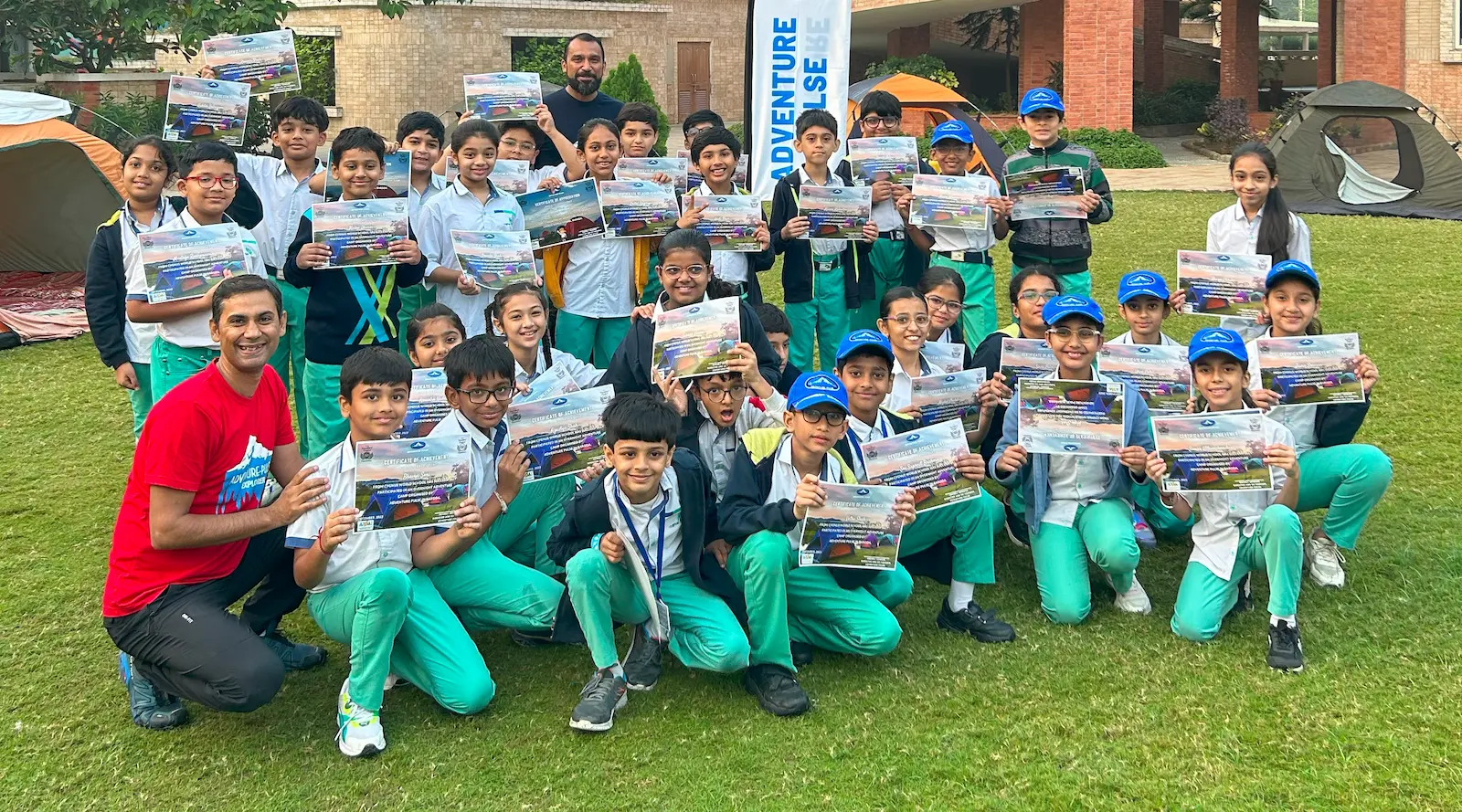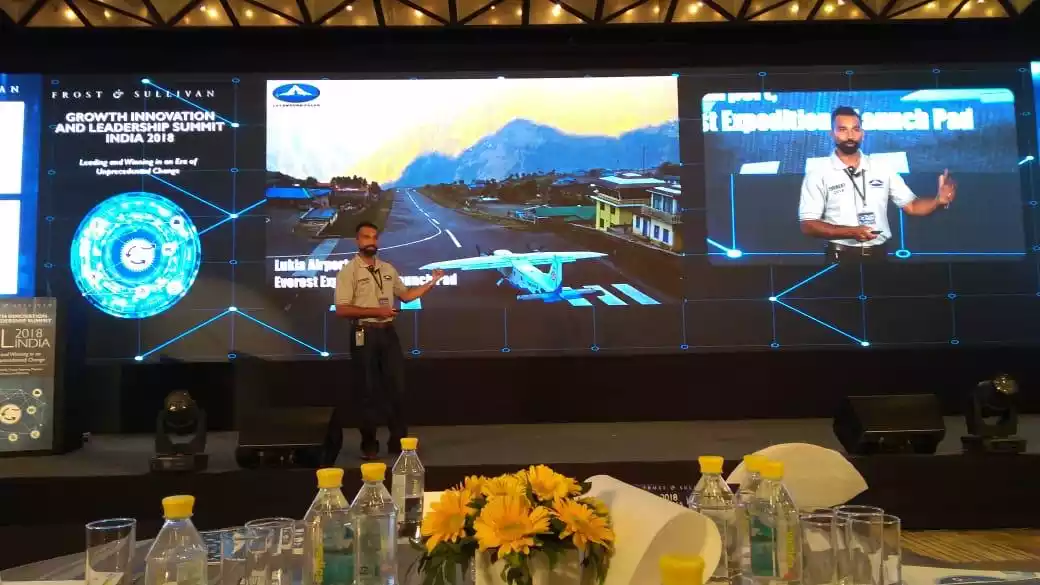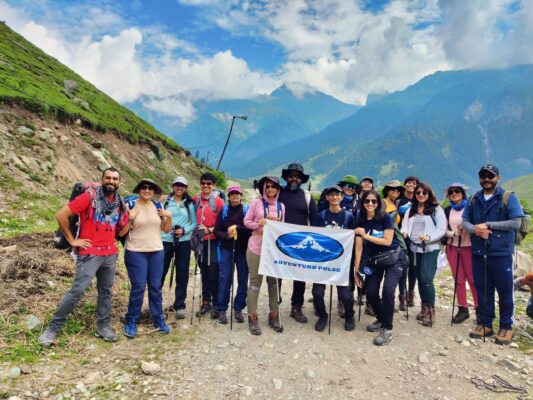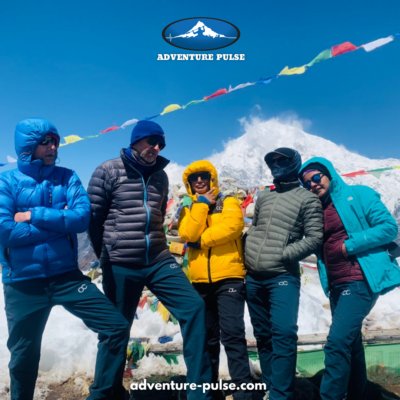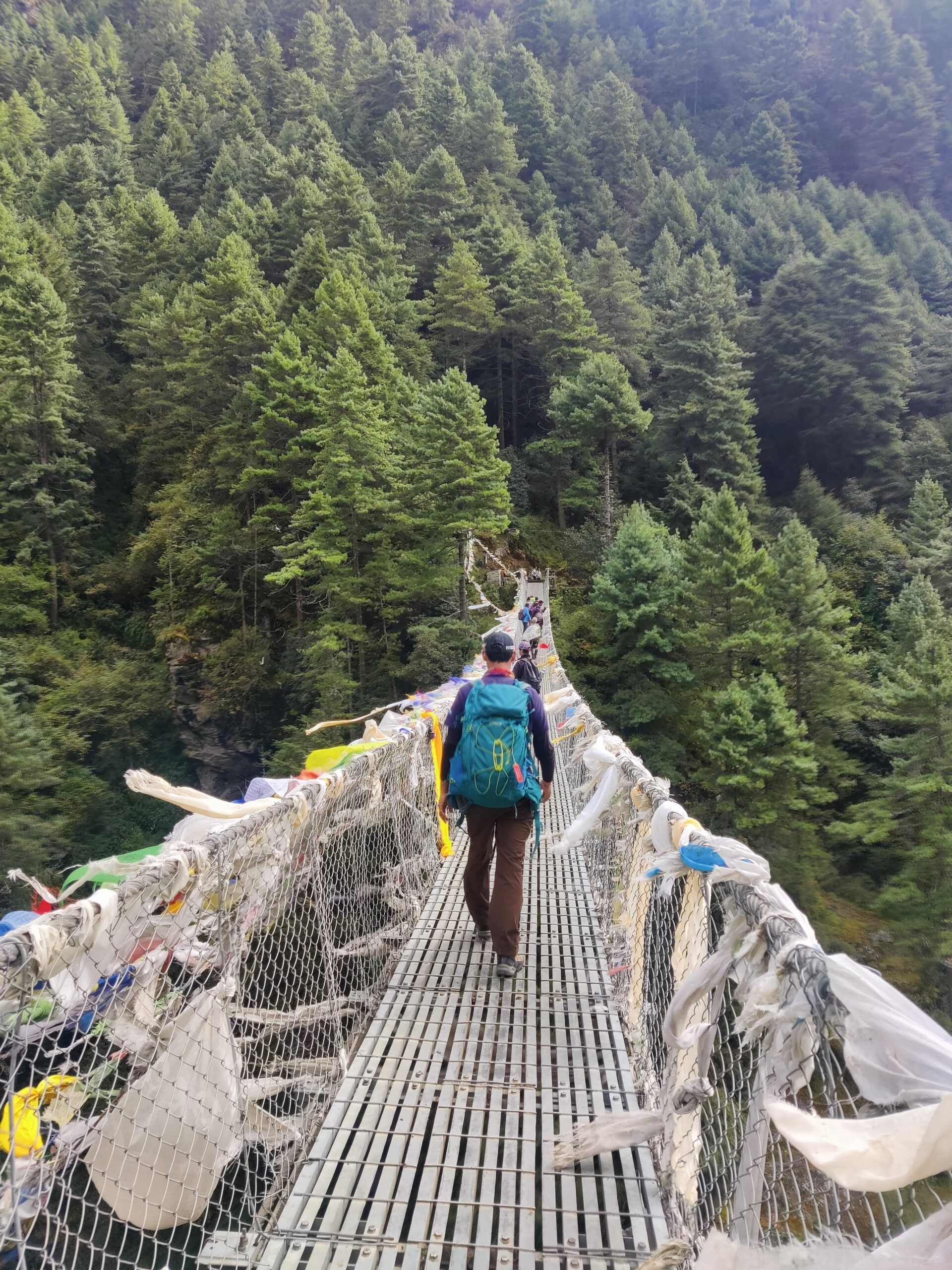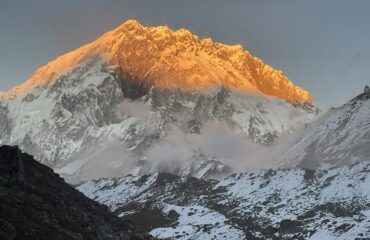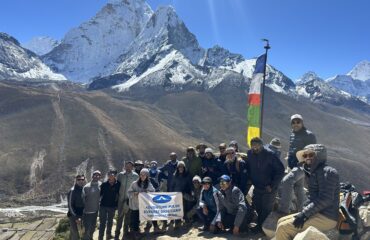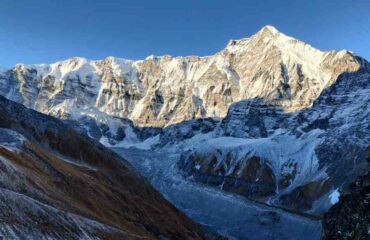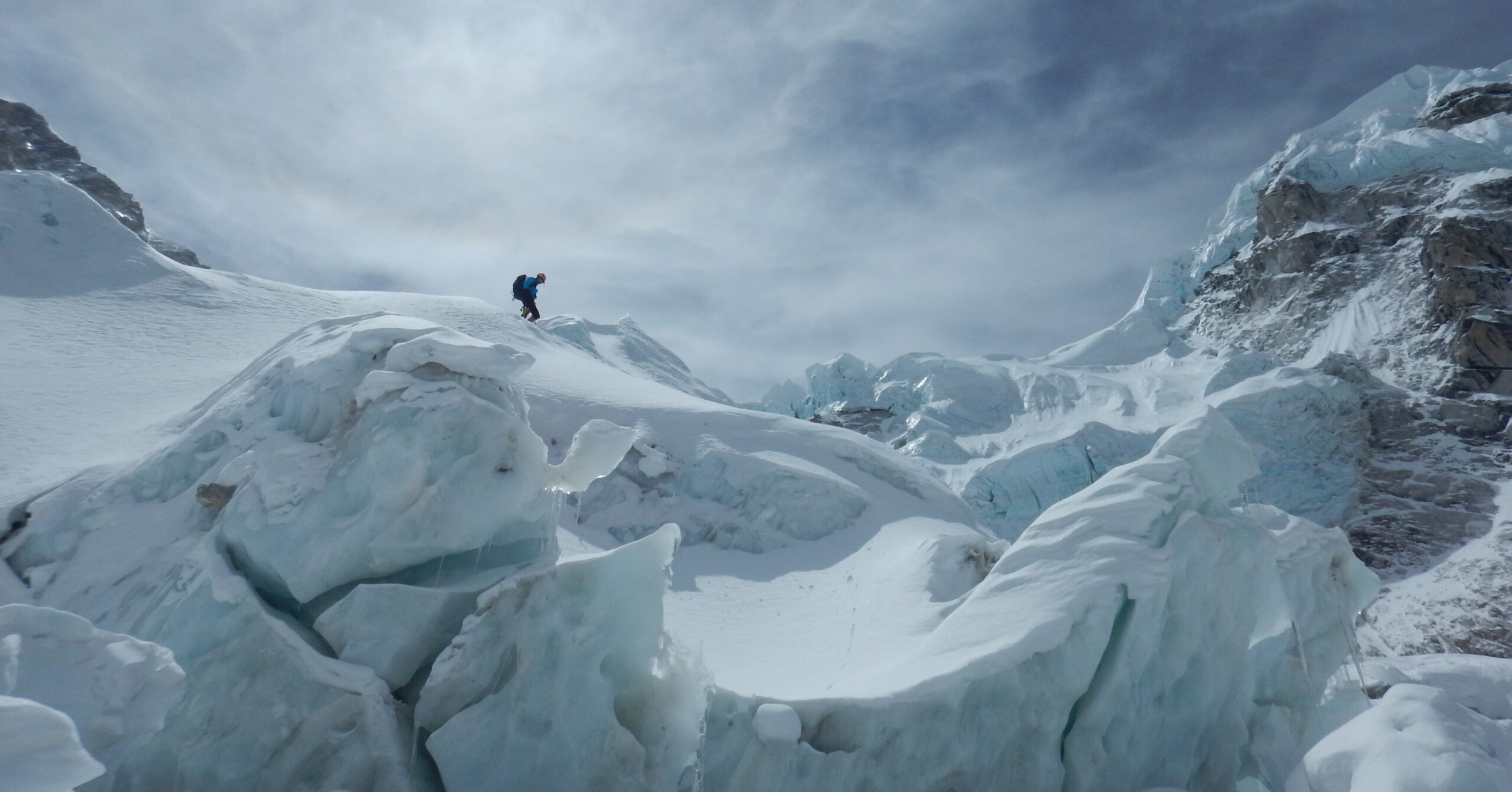
3. Strength Training Focus Areas: Train for the Terrain, Not the Mirror
Look, I’ve got nothing against six-packs. Also. I’ve never had them. But on a 6000m climb, no ones ever going to see them under the 6 layers of clothes. The only six-pack you need is the one in your rucksack — full of Snickers, ORS, and that one pair of socks you promise to change into after the summit push (but never do).
The point is — strength training for mountaineering isn’t about looking good. It’s about moving well through rough, uneven, unforgiving terrain with a heavy backpack and heavier legs. And sometimes, carrying someone else’s backpack too.
Here’s what you need to focus on:
Legs & Core: Your Mountain Engine
- Squats, lunges, step-ups, planks — functional, real-world strength for unstable ground.
- Your legs are your workhorses; your core is your stabiliser. Train them like they’re the only two things standing between you and a helicopter evacuation. Because sometimes… they are.
Back & Shoulders: Built for the Backpack
- Strengthen the muscles that support your spine, upper back, and shoulders.
- Remember: that backpack isn’t just gear. It’s your sleeping bag, your snacks, your extra layers, and your sanity — all rolled into one. It is everything you need to survive in the mountains. Carry it like it matters. Because it does.
Six-Pack? Optional. Fat? Functional.
- Your shredded abs won’t get much applause from your tent mate when it’s -15°C and you’re both shivering.
- Subcutaneous fat — yes, the stuff you’ve been told to burn off in every gym ad and every fitness guru— is actually your ally on the mountain. It insulates you, fuels you, and might just be the reason you make it through that 24-hour summit push.
In the cold, calorie-deficient world of high altitude, your body isn’t worried about aesthetics. It’s trying to survive. So let it.
Balance & Stability: Bulletproof the Basics
- Your knees and ankles take a beating on rocky trails, moraine, scree, and snow. So train for stability — not just strength.
- Incorporate single-leg exercises, BOSU-ball work, agility drills. Anything that mimics unpredictable terrain.
- Sherpas don’t train on treadmills. They train on trails. Take the hint.
4. Train Your Mind for the Suffer-Fest
No matter how strong your legs are or how efficient your lungs become, there will come a moment — probably at 3:17 AM, halfway up a steep couloir in -20°C windchill — when your body will whisper,
“Let’s go back home.”
And your mind will have to answer,
“Not yet.”
That’s why mental training matters just as much as the physical — maybe more.
Simulate Suffering (on Purpose, Yes)
Take long hikes in the rain. Sleep outdoors when it’s uncomfortable. Do a local trail with your pack at 3AM. The goal? Get used to being uncomfortable.
Most people prepare for the summit photo — not for the moments that won’t make it to Instagram: the frozen fingers, the numb toes, the doubt that creeps in when the trail never seems to end.
Breathing & Focus Work
Altitude stress can feel like anxiety wrapped in a down jacket. Your heart races, your breath shortens, and suddenly even the thought of lacing your boots feels overwhelming.
Practice meditative breathing, box breathing, or even basic mindfulness. It helps anchor your attention when the air gets thin and your thoughts get noisy.
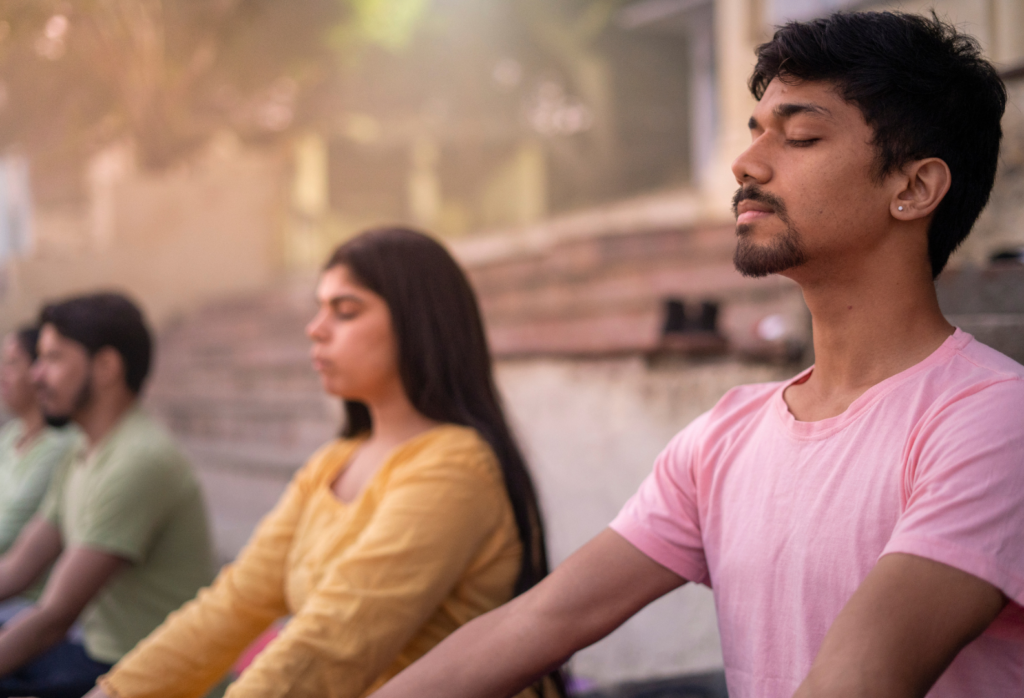
Visualize the Entire Climb — Not Just the Summit
Summiteers do this often. They mentally walk through the expedition days in advance. Break down the climb into stages with defined milestones and time checks. Then aim for the first milestone and forget about the summit
- the load carry to Camp 1,
- the snowstorm at Camp 2,
- the freezing 2AM summit push,
- the descent (yes, that matters too).
By the time the real thing happens, your mind has already been there. And in high places, familiarity is fuel.
This isn’t about being fearless. It’s about knowing the fear, meeting it at 5,800m, and walking past it anyway.
-
Acclimatization Strategy is Everything
You can have the best gear, the fittest body, and the strongest will — and still lose the altitude game if you ignore this one word: acclimatization.
This is the slow burn. The part of the expedition where you learn (usually the hard way) that oxygen is not a right — it’s a privilege.
“Climb High, Sleep Low” — The Sherpa Commandment
It’s not a suggestion. It’s a survival strategy. Go up gradually, drop down to sleep lower. Let your body catch up. If you’re gaining altitude too fast, you’re not “tough” — you’re just making yourself a candidate for a very scenic and expensive helicopter ride back to civilization.
Altitude Is a Process — Not a Personal Best
The most common mistake I see? People thinking that just because they’ve been to 5000m before, their body will remember.
It won’t. Altitude doesn’t carry over like cellphone data. Every climb is a fresh start. New mountain, new acclimatization cycle. Be patient. Start from scratch. Your red blood cells are on a schedule — not yours.
Listen to the Warnings
Your body has a very blunt way of giving feedback at altitude:
- Headache? Slow down. Drink Water.
- Nausea? Rest. Drink Water
- Fatigue that hits like a freight train? Time to stop and reassess. Drink Water.
- Feeling good. Stop and still drink water
Pushing through these symptoms isn’t bravery. It’s biology denial. And biology always wins.
Hydration is Life Insurance
The mountain might not have a Starbucks, but it will give you plenty of chances to drink water. Take every one of them.
Hydration Rule of Thumb: 4 Litres by 4PM — because if
you overdo it after 4PM, your summit attempt will be powered by multiple trips to the bathroom. And at 5000m, that’s a mission in itself; especially when you have three layers and wearing a climbing harness

Bottom line?
You can’t cheat altitude. But you can give your body a fighting chance — if you slow down, listen in, and let your cells do their thing.
-
Fuel Like a Mountaineer (Not a Gym Bro)
Let’s clear this up right away: carbs are king at altitude. Not prince. Not duke. Full-blown monarch.
Yes, I know someone once told you carbs are evil. That person wasn’t carrying a 15kg backpack at 5,400m while trying to keep their fingers warm and their brain oxygenated.
Why Carbs Rule the World above the clouds
When the oxygen is thin, your body switches to its most efficient fuel — carbohydrates.
Low-carb, high-protein diets might be great for flexing at sea level, but on a climb, your body needs fuel it can burn quickly. And no, your protein shake won’t cut it when you’re on your fourth hour of uphill switchbacks or pulling your body weight up on a rope over a rock face.
So go ahead — eat the rice. Ask for seconds. Pack the trail mix. Worship the potato.
Hydrate Like It’s Your Job
I can’t stress this enough. I’m not used to drinking so much water isn’t going to cut it. Aim for 4–5 litres of water a day, even if you don’t feel thirsty (you won’t especially in the cold). Dehydration is a sneaky villain at altitude — it shows up as fatigue, headache, and mood swings, all of which you’ll already have from the climb. So don’t make it worse.
The golden rule is simple:
“4 litres by 4PM.”
Why? Because drinking too much after 4PM turns your night into a loo marathon. Trust me, peeing in sub-zero temperatures at 2AM is not the spiritual awakening people talk about.
Simple Food > Fancy Food
Sherpas have mastered mountain nutrition with zero apps, no calorie counters, and absolutely no protein bars named after prehistoric animals.
Their fuel of choice?
- Dal bhat (lentils and rice)
- Tsampa (roasted barley flour)
- Ginger tea (the original energy drink)
These meals are hearty, digestible, and perfectly suited for altitude. You don’t need quinoa explosions or dehydrated burrito bowls. Just warm, familiar food that doesn’t confuse your stomach or require a Google search.
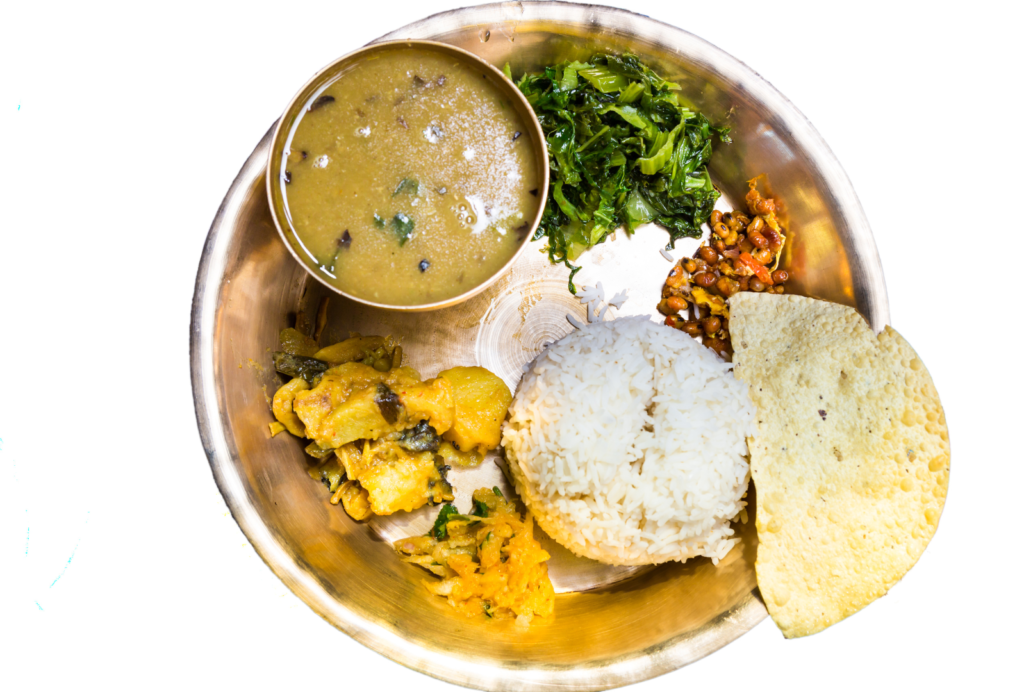
And a few days without meat will not kill you. It’s not worth eating 4 days old meat, transported in a basket by a porter walking across 40 kms. The accompanying gastro infection will end your expedition before you even set foot on the snow.
When in doubt, eat like the locals, hydrate like a monk, and remember — the only macros that matter on a mountain are “enough” and “often.”
Continue reading Part 3 here ..
Follow us on Social Media – LinkedIn | TripAdvisor | Instagram
